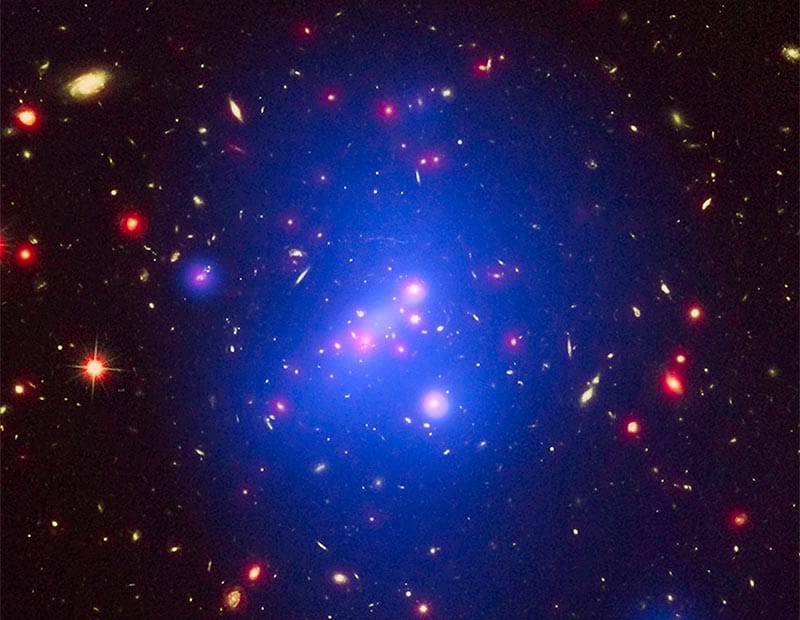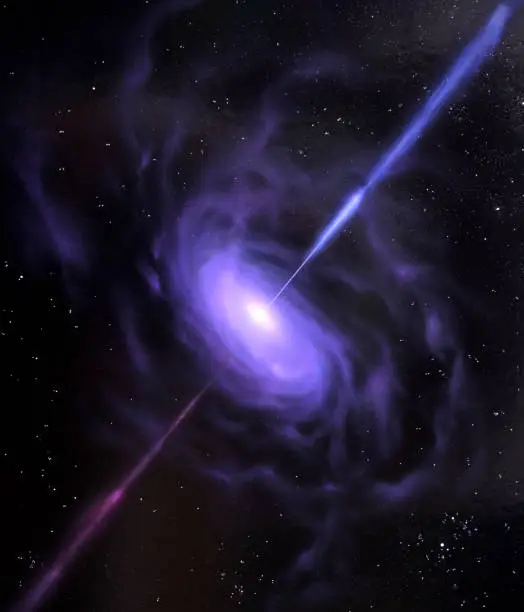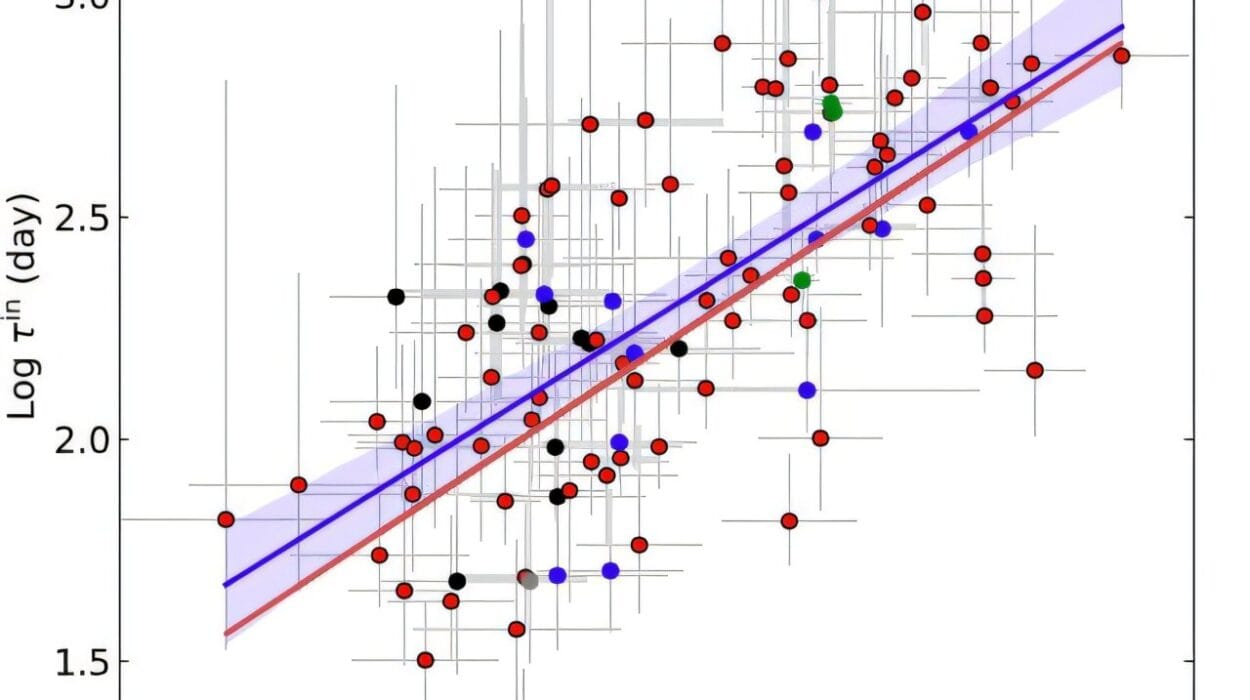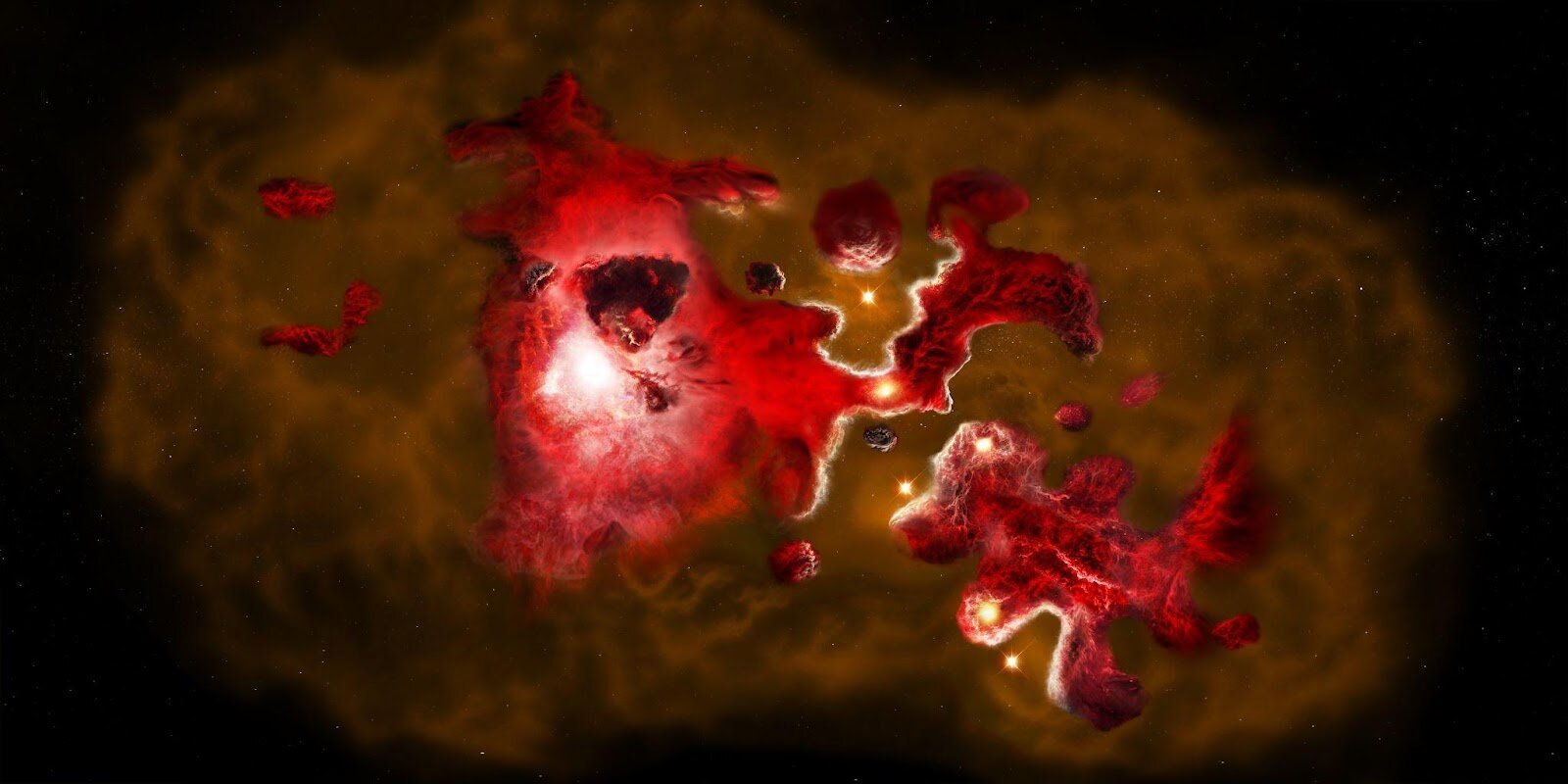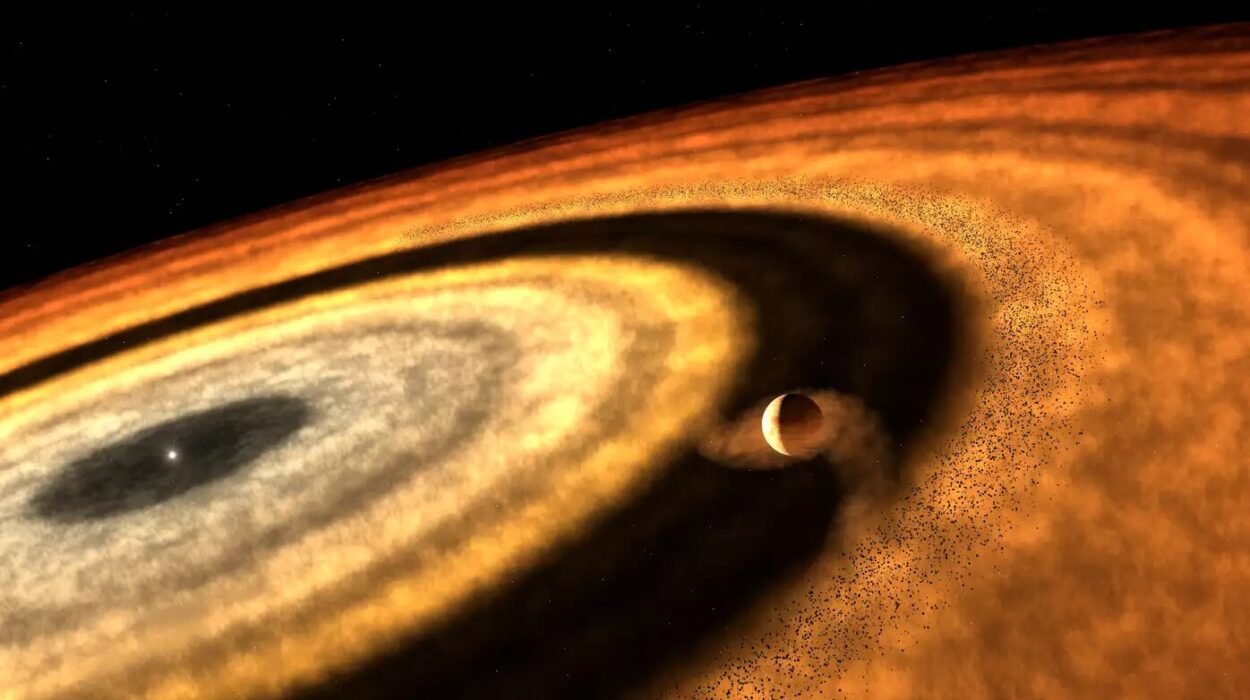Just a few weeks ago, skies across the northern hemisphere shimmered with hues of green, pink, and violet—vivid auroras usually reserved for the far north, now dancing above Montana, Michigan, and even parts of northern California. Social media lit up with awe-struck images and poetic captions. But while the spectacle left millions mesmerized, the forces behind it were far less romantic.
That breathtaking light show was the visible footprint of a powerful solar storm—a geomagnetic event unleashed by a violent eruption on the sun known as a coronal mass ejection, or CME. As that solar storm surged toward Earth, it dragged with it a wave of charged particles that disrupted satellite communications, scrambled GPS signals, caused temporary blackouts, and pushed parts of the power grid to the brink.
It was a striking reminder: space weather isn’t just sky painting. It’s a force that can threaten the systems we rely on every day—from aircraft navigation to national defense.
At the University of Florida, space physicist Dr. Alicia Petersen is one of the scientists working to protect the planet—not with shields or rockets, but with data, models, and a deep understanding of how the sun behaves.
“As our society becomes increasingly dependent on space-based technologies—from agriculture and aviation to defense and disaster response—understanding space weather isn’t optional. It’s essential,” said Petersen, an associate professor in UF’s Department of Mechanical and Aerospace Engineering and a core member of the UF Astraeus Space Institute.
The SWIFT Lab and a Solar Race Against Time
Petersen runs the SWIFT Lab—short for Space Weather Impacts, Forecasting and Transit—where she and her team study the ferocious bursts of radiation and particles that the sun hurls into the solar system. Their work might sound esoteric, but its impact is deeply practical.
“We model how these particles move and how spacecraft systems can respond in orbit,” she explained. “By doing that, we can better prepare for disruptions, or even design operations and systems that are more resilient to these events.”
Using computer simulations and real-time solar data, Petersen’s lab focuses on the inner heliosphere—the vast stretch of space between Earth and the sun—to understand how solar energetic particles propagate and interact with spacecraft. It’s a complex, invisible battlefield, where speed is everything and seconds can mean the difference between mission success and catastrophic failure.
And as the sun enters a more volatile period in its 11-year activity cycle, the stakes are only rising.
A New Solar Peak, and New Risks
“We’re just past the peak of the current solar cycle,” Petersen said. “Intense solar activity is still ongoing and further displays of extreme space weather may still be on the horizon this cycle.”
During peaks like this, the sun becomes far more active, releasing powerful flares and CMEs that can reach Earth in as little as 15 hours. These events can damage satellite components, cause radiation risks for astronauts, disrupt communication and navigation systems, and in extreme cases, overload electrical infrastructure on the ground.
In 2003, a similar solar storm—known as the “Halloween Storms”—disabled or interfered with more than half of the satellites in orbit. Airlines had to reroute flights. Power grids in Sweden went down. Aurora borealis flickered above Texas.
“We’ve already seen a taste of what solar storms can do,” Petersen warned. “And we know the sun is capable of even more extreme events.”
Protecting Modern Life from a Star’s Fury
The SWIFT Lab is part of a growing nationwide effort involving NASA, NOAA, the National Science Foundation, and the U.S. Space Force to develop better space weather prediction tools. Petersen’s team is contributing by building simulations of how solar particles affect spacecraft hardware—and how spacecraft might one day defend themselves.
They’re also working on plans for a plasma chamber, a controlled environment that mimics the charged atmosphere of space. In this chamber, they hope to test how real spacecraft systems respond to sudden solar storms and whether automated responses can reduce damage.
It’s not science fiction. The dream is that one day, spacecraft will be smart enough to “duck and cover”—to reorient, shut down sensitive systems, or alter course based on real-time solar forecasts. Petersen’s team is collaborating with engineers to make that happen.
“Our long-term goal is autonomy,” she said. “We want spacecraft that can recognize danger and respond instantly, without waiting for instructions from Earth.”
National Defense Takes Space Weather Seriously
Space weather is no longer just the concern of academic researchers. The U.S. Department of Defense now classifies it as a critical national security risk.
Why? Because GPS signals, radar, and satellite communications are all vital to modern military operations—and all highly vulnerable to geomagnetic storms.
Just last month, on June 15, a solar flare caused a shortwave radio blackout across North America, temporarily blinding amateur radio operators and limiting certain communications. It didn’t take out the military’s core systems—but it showed how easily it could happen.
As the DOD’s reliance on space-based assets grows, so does its interest in forecasts that can offer hours—or even days—of warning.
“Space weather prediction is becoming a strategic imperative,” said Petersen. “We’re not just studying the sun for curiosity’s sake. We’re building systems to protect satellites, power grids, and even lives.”
Watching the Sun, One Flare at a Time
Petersen’s work feeds into federal agencies like NOAA’s Space Weather Prediction Center, which provides public dashboards for tracking solar activity in real time. These dashboards aren’t just for scientists—they’re used by airline planners, satellite operators, and utility companies to make real-time decisions.
And now, increasingly, they’re being used by the general public too. After all, when the aurora lights up over Illinois or Pennsylvania, people want to know: when will the next storm hit?
“We’ve reached a point where space weather is no longer abstract,” Petersen said. “It’s becoming personal. It affects your phone, your GPS, your flights. It affects your world.”
A Star Worth Studying
Our sun is a giver of life—but it is also a restless, explosive force. It breathes fire. It launches magnetic storms across millions of miles. It shapes the very space our planet drifts through.
For Dr. Alicia Petersen, that tension is both beautiful and urgent.
“Every time we look at the sun, we see chaos and wonder,” she said. “But more than that—we see responsibility. Because our job is to understand it, to respect it, and to keep our world safe beneath its light.”
In a universe where stars can rage without warning, it takes quiet minds, dedicated labs, and a lot of math to make sure the lights stay on here on Earth.

